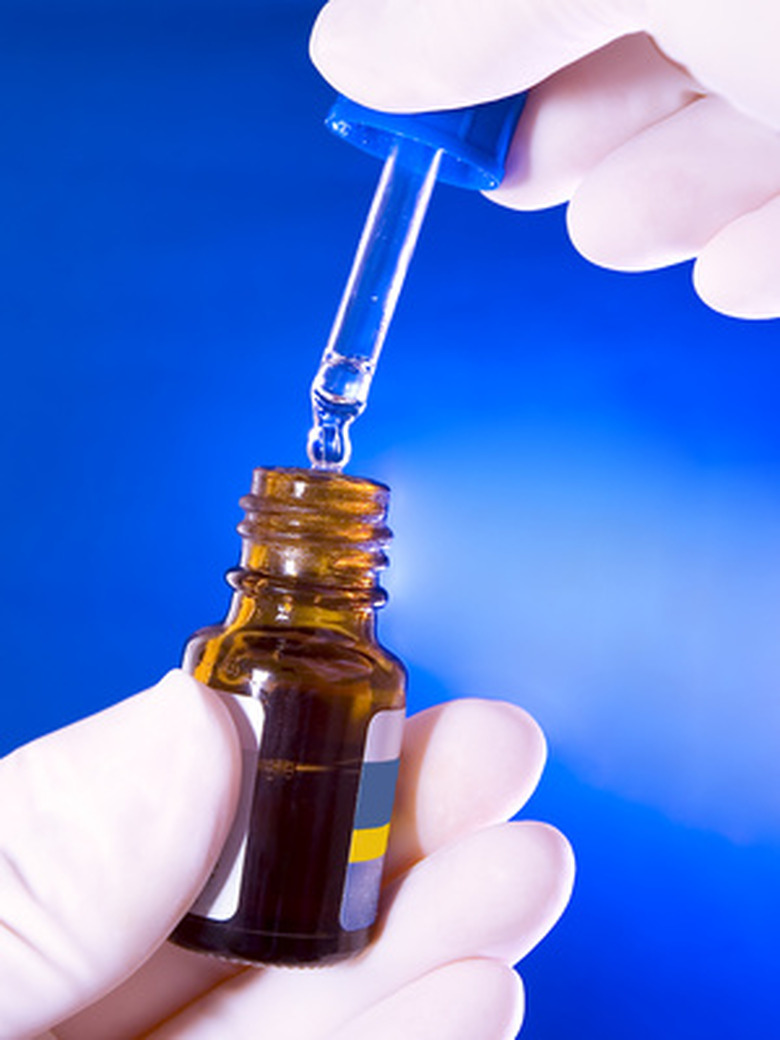Litmus Paper Types
Litmus paper is an acid/base indicator that changes color to identify bases and acids. Litmus is a dye made from naturally occurring substances, including liches (fungi)– the most commonly used of which is the species roccella tinctoria. These lichens are treated for several weeks in a mixture of urine, potash and lime, during which they ferment and change color. Plaster of Paris or chalk is added later, and the litmus is molded to form small cakes. Paper that is treated in litmus is called litmus paper, or litmus strips. These are used extensively in laboratories and educational institutions to check the acidity or alkalinity of a substance.
Red Litmus Paper
Red Litmus Paper
Red litmus paper is used in chemical laboratories to identify bases. A base is a substance that accepts hydrogen ions (H+) in water. The color of a red litmus paper remains the same under acidic conditions and turns blue under basic conditions. Substances that turn red litmus paper blue include baking soda, lime, ammonia, household cleaners and human blood. Red litmus paper is obtained by treating plain paper with a litmus dye, which has been reddened by a small quantity of dilute sulphuric acid (H2SO4) and dried by exposure to air.
Blue Litmus Paper
Blue Litmus Paper
Blue litmus paper turns red under acidic conditions and remains the same under basic conditions. An acid is a substance that releases hydrogen ions in an aqueous solution. Blue litmus paper is prepared by treating plain paper with lichen-blue litmus. Blue litmus paper is typically used to test acids, such as:
- sulphuric acid
- hydrochloric acid
- nitric acid
- ethanoic acid
- citric acid
- vinegar
Purple/ Neutral Litmus Paper
Purple/ Neutral Litmus Paper
A purple or neutral litmus paper changes color, from its original violet to red, to indicate an acid and turns blue under alkaline (or basic) conditions. Neutral litmus paper contains anywhere between ten to fifteen different dyes, including azolitmin, leucazolitmin, leucoorcein and spaniolitmin. Many chemical laboratories are substituting red and blue litmus papers with purple litmus paper for its convenience and versatility. They are able to indicate the presence of both acids and bases and change color to blue or red to denote a base or acid respectively.
Cite This Article
MLA
, Natasha Gilani. "Litmus Paper Types" sciencing.com, https://www.sciencing.com/litmus-paper-types-7237523/. 24 April 2017.
APA
, Natasha Gilani. (2017, April 24). Litmus Paper Types. sciencing.com. Retrieved from https://www.sciencing.com/litmus-paper-types-7237523/
Chicago
, Natasha Gilani. Litmus Paper Types last modified March 24, 2022. https://www.sciencing.com/litmus-paper-types-7237523/
